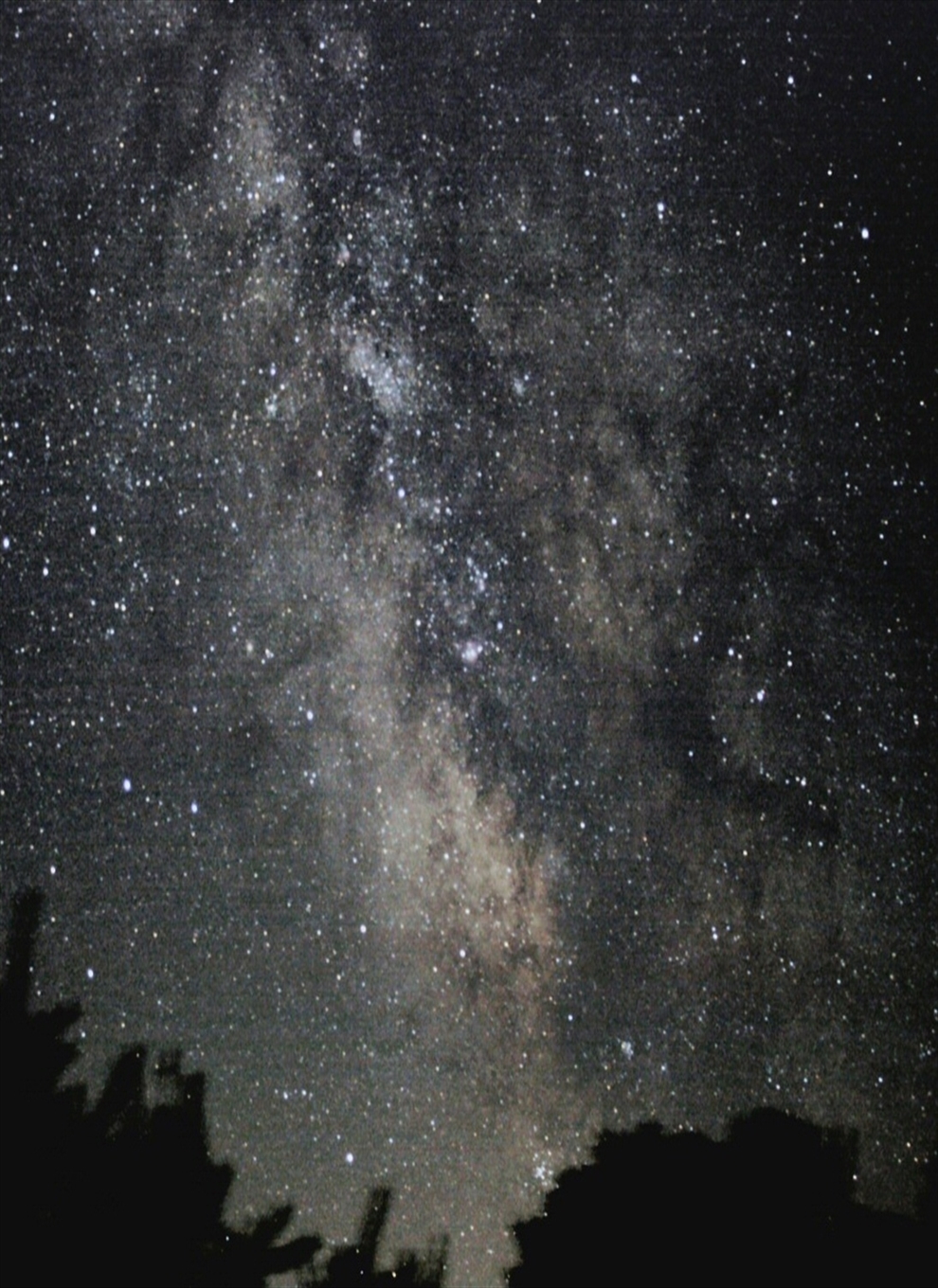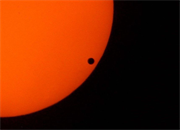

Charleston Lake
Astronomical

Imaging the Night Sky from Ontario Canada

Planetary Images


Saturn
A gas giant planet, with a beautiful ring system. Visually stunning to view in the telescope. The ring tilt changes in a 15 year cyclical manner as viewed from earth. By 2025, the rings will appear edge on, and are less impressive. By 2032, the rings will once again be at their max angle of 27deg.
A gas giant planet, with a beautiful ring system. Visually stunning to view in the telescope. The ring tilt changes in a 15 year cyclical manner as viewed from earth. By 2025, the rings will appear edge on, and are less impressive. By 2032, the rings will once again be at their max angle of 27deg.

Jupiter
Our solar system's largest planet. The 4 largest Galilean moons are visible even in 10x50 binoculars. The gaseous cloud bands have intricate swirls and storms, visible in the eyepiece on some nights with good seeing. The GRS is a large (dark) storm in the South Equatorial Belt (SEB)
Our solar system's largest planet. The 4 largest Galilean moons are visible even in 10x50 binoculars. The gaseous cloud bands have intricate swirls and storms, visible in the eyepiece on some nights with good seeing. The GRS is a large (dark) storm in the South Equatorial Belt (SEB)

Mars
The red planet - The polar icecaps, and the areas with varying lightness and darkness, are visible through 8" and larger telescopes. Best viewed near annual oppositions, when Mars is at it's closest point to Earth, opposite the sun.
The red planet - The polar icecaps, and the areas with varying lightness and darkness, are visible through 8" and larger telescopes. Best viewed near annual oppositions, when Mars is at it's closest point to Earth, opposite the sun.

Venus
An inferior planet, meaning, it's orbit is closer to the sun than the earths orbit. Because of this, it is never very far from the sun as viewed from the earth, displaying phases like our moon. Occasionally, Venus will transit the sun, from Earth's perspective, as seen here. NOTE - Sun was filtered during this image.
Never look at, or point any optical instrument toward the sun, without proper filters in place!!
An inferior planet, meaning, it's orbit is closer to the sun than the earths orbit. Because of this, it is never very far from the sun as viewed from the earth, displaying phases like our moon. Occasionally, Venus will transit the sun, from Earth's perspective, as seen here. NOTE - Sun was filtered during this image.
Never look at, or point any optical instrument toward the sun, without proper filters in place!!
Techniques
Planetary images are aquired via video. Initially was using a Webcam, with 5-10fps, but have since moved up to an Imaging Source DFK USB3.0 camera, affording frame rates of >200fps. The fast frame rates are used due to atmospheric turbulence distorting the image focus. The stability of the atmosphere is referred to as "Seeing".
With fast framerates, there are occasionally a sharply focused image frame. By shooting thousands of frames, then sorting the sharpest 10-15% of the images, and then stacking them, finer details are visible than single image frames.
Planetary images are aquired via video. Initially was using a Webcam, with 5-10fps, but have since moved up to an Imaging Source DFK USB3.0 camera, affording frame rates of >200fps. The fast frame rates are used due to atmospheric turbulence distorting the image focus. The stability of the atmosphere is referred to as "Seeing".
With fast framerates, there are occasionally a sharply focused image frame. By shooting thousands of frames, then sorting the sharpest 10-15% of the images, and then stacking them, finer details are visible than single image frames.
High Speed Video Camera
Copyright 2021 CLAstronomical
